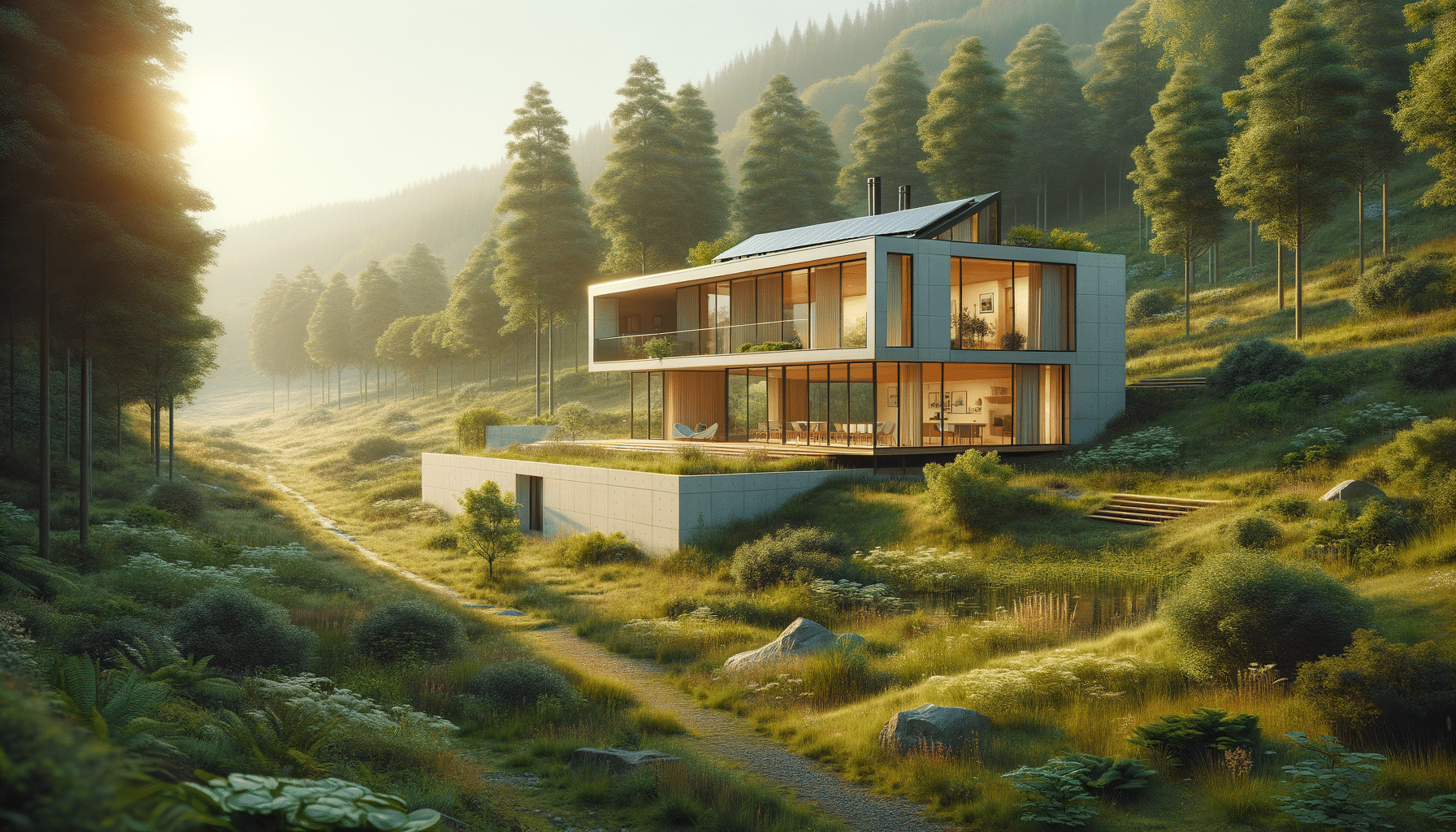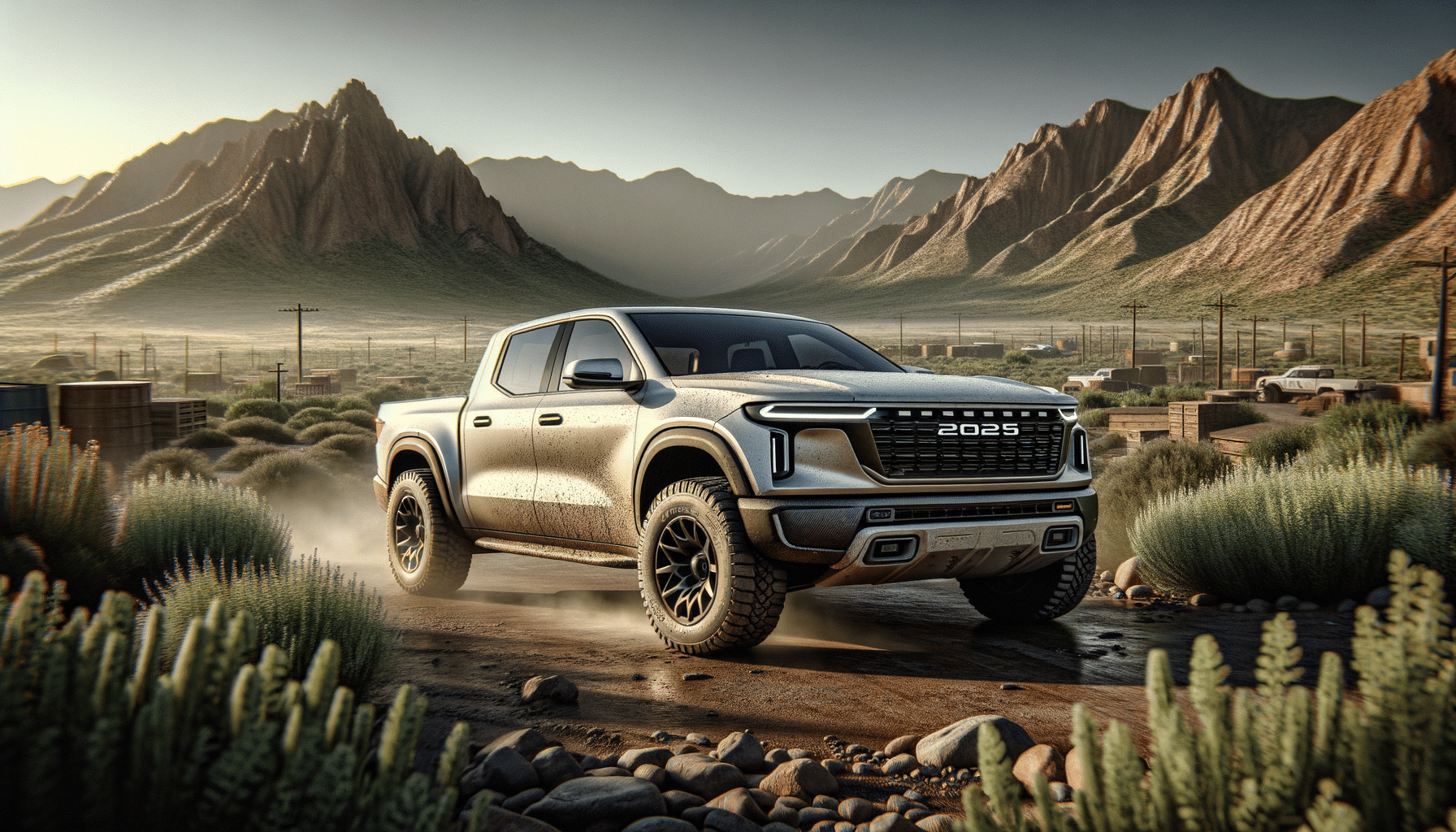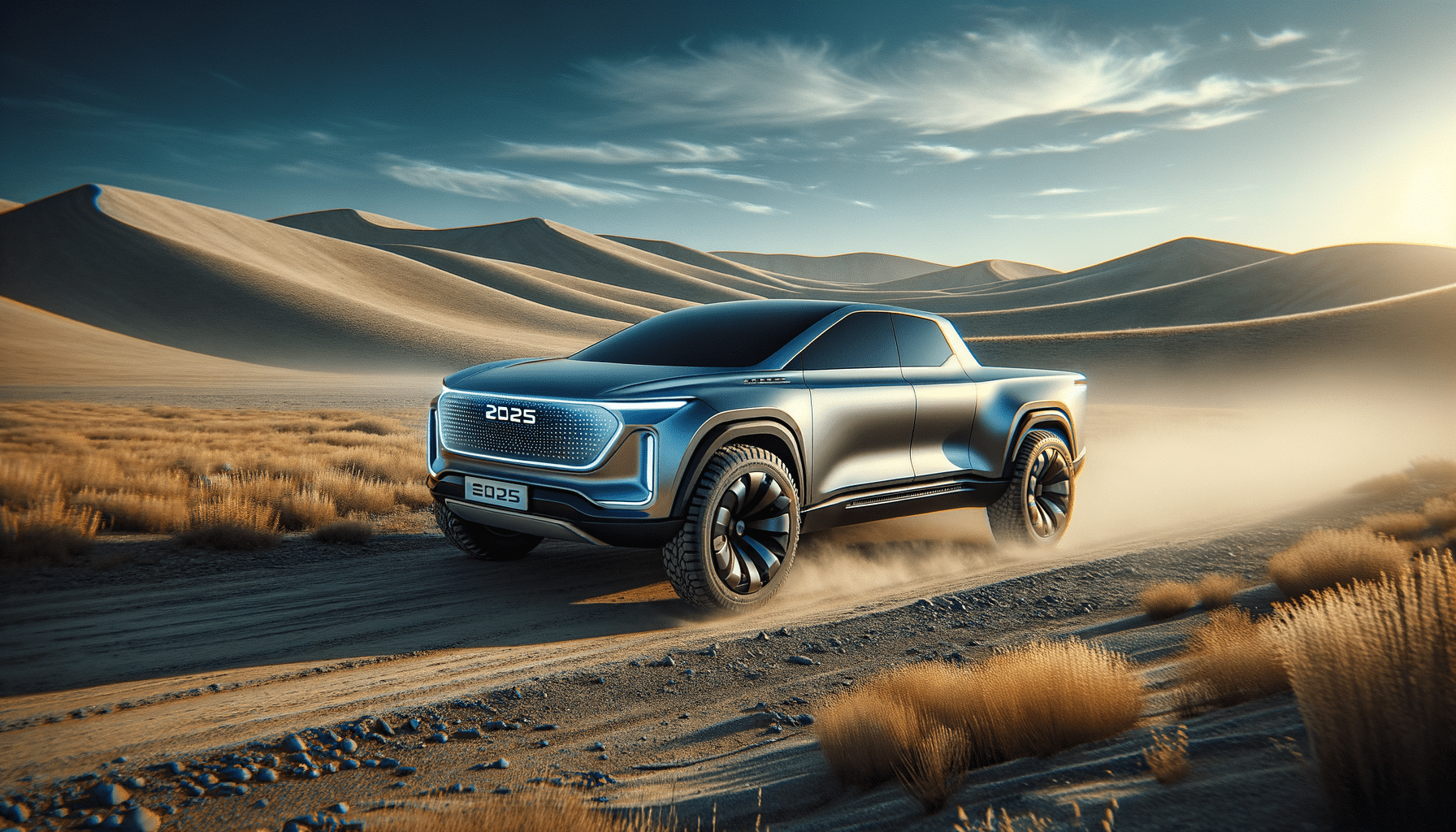
Prefabricated Homes Explained: Modular Designs, Cabin Houses & Smart Living
Introduction to Prefabricated Homes
Prefabricated homes, often referred to as prefab homes, are revolutionizing the housing industry with their innovative construction methods and sustainable benefits. Unlike traditional homes, which are built on-site, prefab homes are manufactured in sections at a factory and then transported to the construction site for assembly. This method not only speeds up the building process but also ensures a high level of quality control. As more people seek cost-effective and environmentally friendly housing solutions, prefab homes are becoming an increasingly popular choice.
Sustainable & Modern Living Benefits
One of the most compelling aspects of prefabricated homes is their alignment with sustainable and modern living principles. The factory-controlled environment in which they are built minimizes waste and allows for precise construction, which reduces the carbon footprint of the building process. Furthermore, these homes often incorporate energy-efficient designs and materials, such as solar panels and high-quality insulation, to ensure minimal energy consumption. The streamlined construction process also reduces the disruption to the local environment, making prefab homes a sustainable choice for eco-conscious individuals.
In addition to their environmental benefits, prefab homes offer modern living conveniences. They can be customized with smart home technologies, allowing residents to control lighting, temperature, and security systems remotely. This integration of technology not only enhances comfort but also contributes to energy savings, as systems can be optimized for efficiency. As a result, prefabricated homes provide a harmonious blend of sustainability and cutting-edge living.
Types of Prefabricated Homes & Modular Designs
Prefabricated homes come in various styles and sizes, catering to diverse preferences and needs. The two primary types are modular and panelized homes. Modular homes are constructed in sections, or modules, which are then transported to the site and assembled. This design offers flexibility, allowing homeowners to expand or modify their living space as needed. Panelized homes, on the other hand, involve the construction of wall panels in a factory, which are then assembled on-site. This method provides a quicker build time and is often more cost-effective.
Beyond these basic types, there are also unique designs such as cabin houses and container homes. Cabin houses offer a rustic charm with modern amenities, making them popular for vacation homes or rural retreats. Container homes, made from repurposed shipping containers, provide a durable and eco-friendly option that can be customized to suit various aesthetic preferences. These diverse options ensure that there is a prefabricated home design to suit every lifestyle.
Advantages of Prefabricated Homes Over Traditional Homes
Prefabricated homes offer several advantages over traditional site-built homes. One of the most significant benefits is the reduced construction time. Since the majority of the work is completed in a factory setting, prefab homes can be built in a fraction of the time it takes to construct a traditional home. This efficiency not only saves time but also reduces labor costs, making prefab homes a more affordable option.
Another advantage is the superior quality control that comes with factory construction. Each component is built to precise specifications, ensuring a high level of craftsmanship and durability. This precision reduces the likelihood of defects and ensures that the home meets all safety and building codes. Additionally, prefabricated homes are often more energy-efficient, thanks to the use of modern materials and technologies, which can lead to significant savings on utility bills over time.
Conclusion: Embracing the Future of Housing
As the demand for sustainable and affordable housing solutions continues to grow, prefabricated homes offer a compelling alternative to traditional construction methods. With their blend of modern design, energy efficiency, and environmental sustainability, prefab homes are poised to play a significant role in the future of housing. Whether you are seeking a cost-effective solution for your primary residence or a unique design for a vacation home, the versatility and benefits of prefabricated homes make them a smart choice for modern living.


